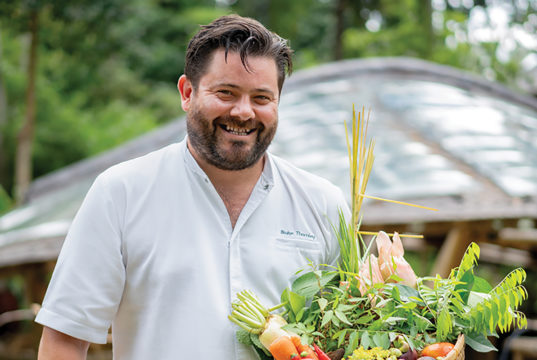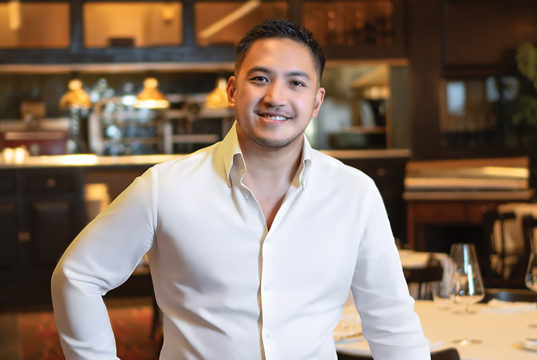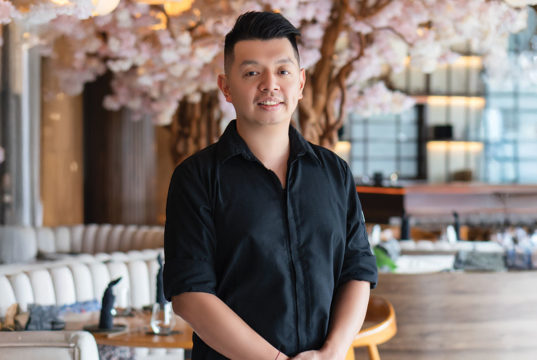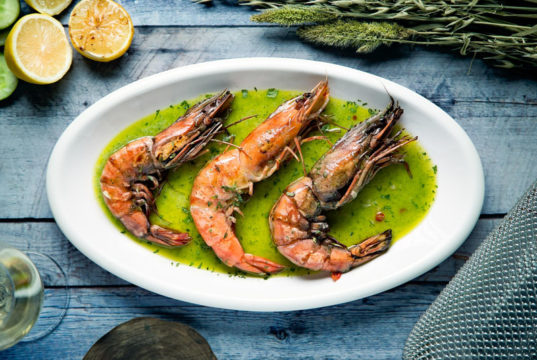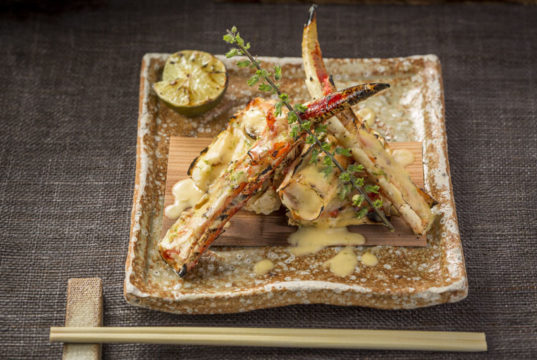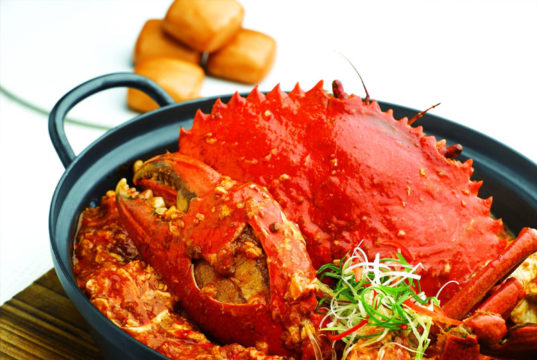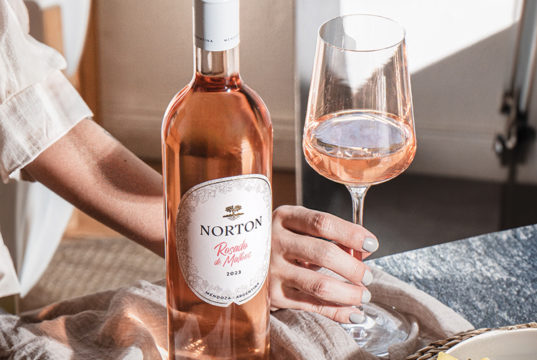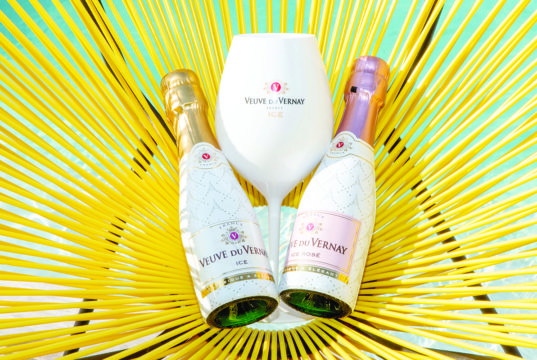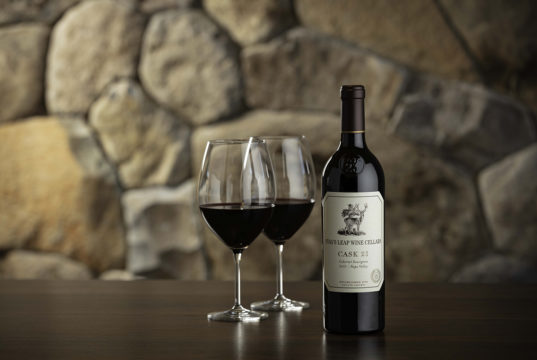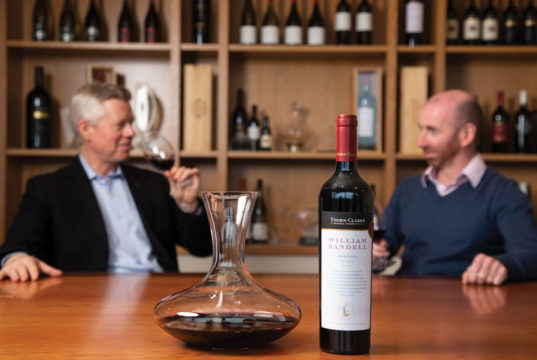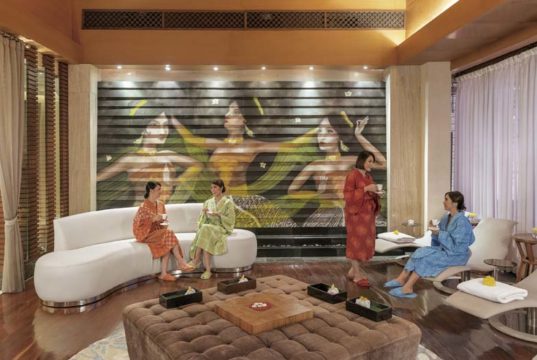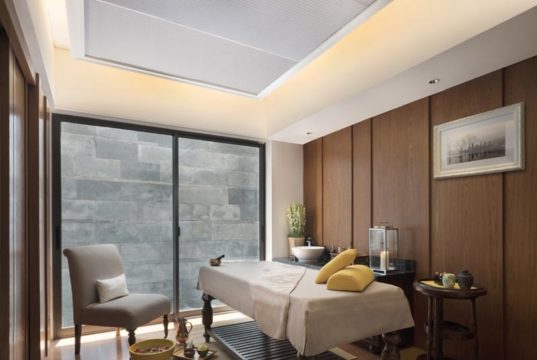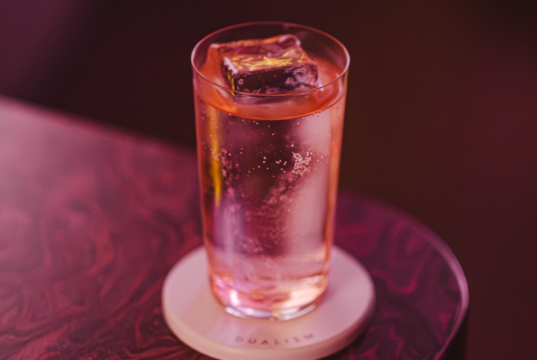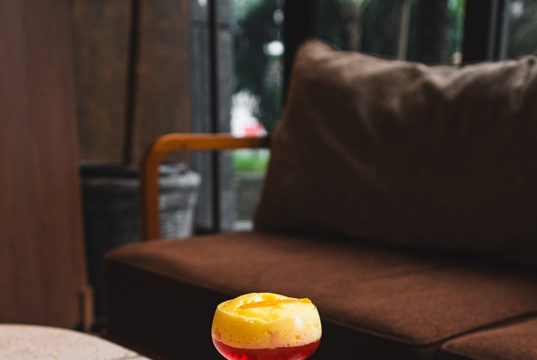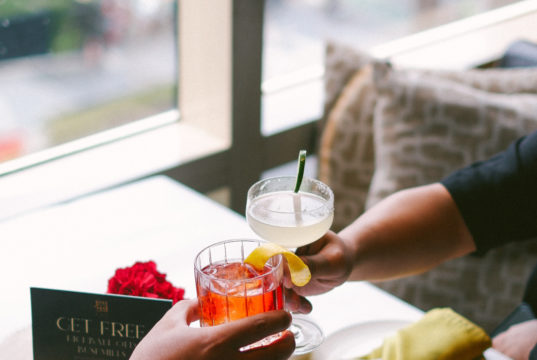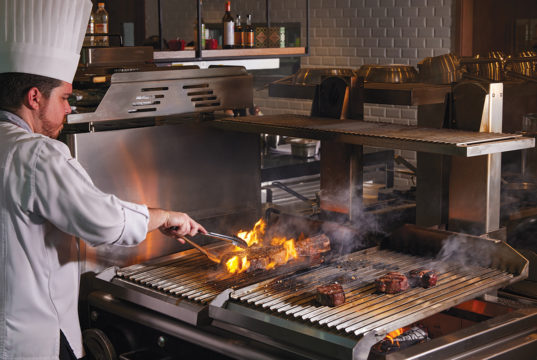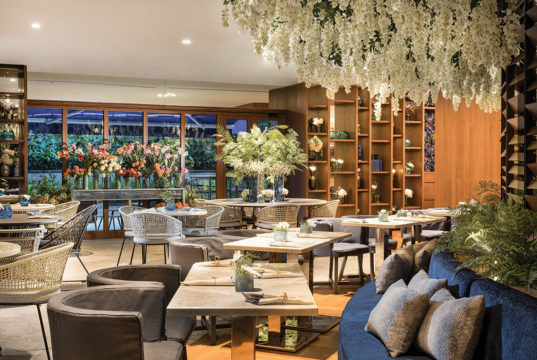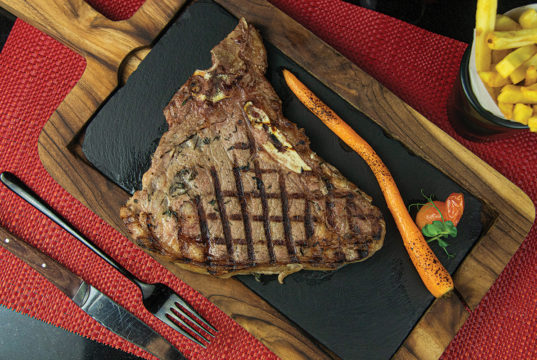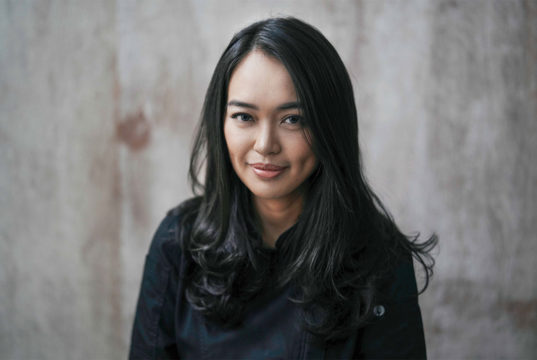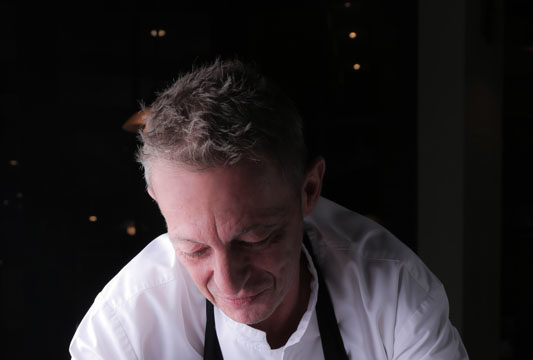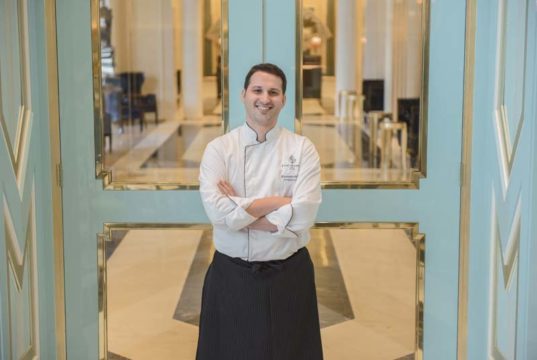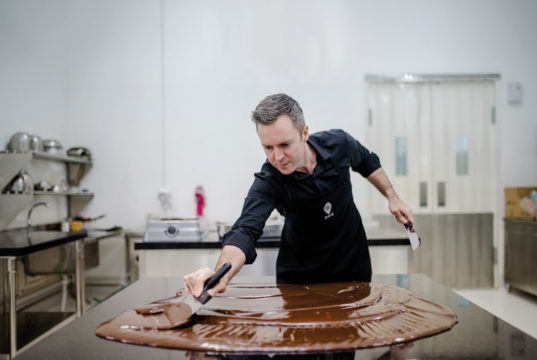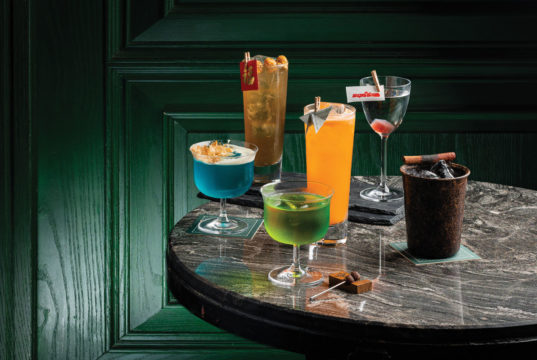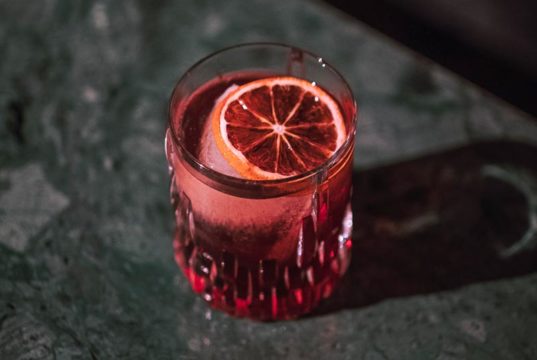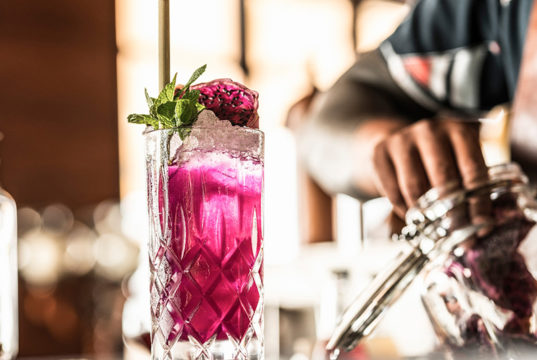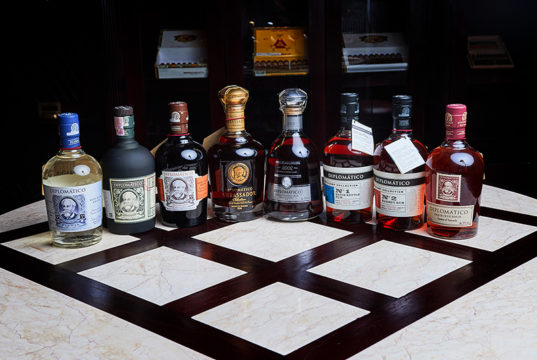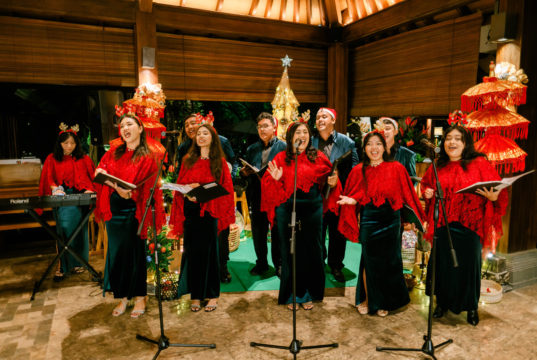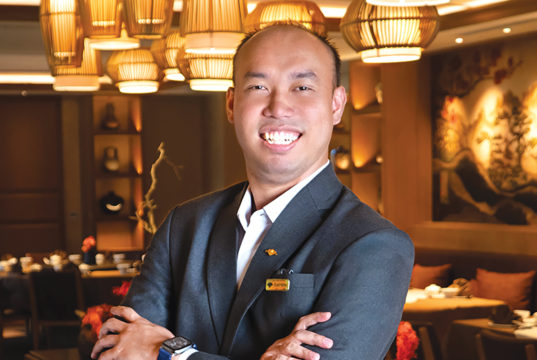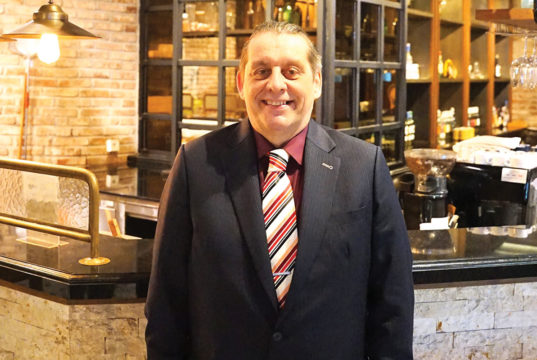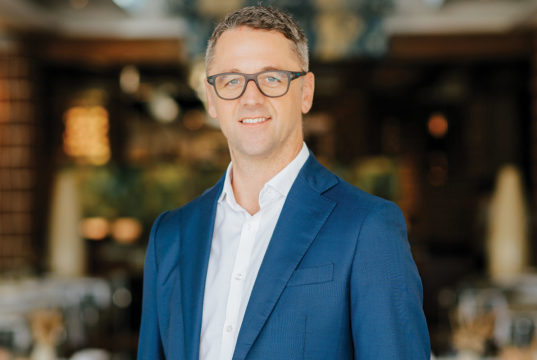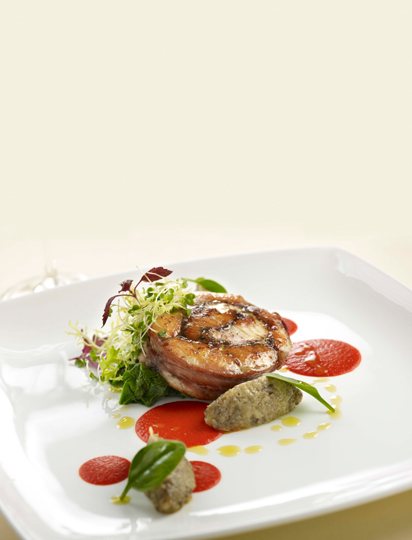OMAR BERNARDI.
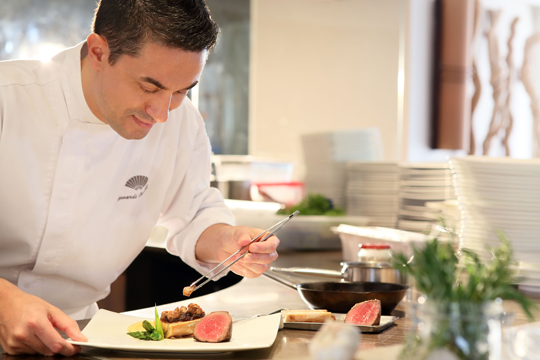 Hailing from the small town of Cuggiono, on the outskirts of Milan, Chef Omar Bernardi graduated from the Institute of Hospitality. Some of his early experiences in the prestigious culinary world include his time in the two-Michelin-starred San Domenico Ristorante in Imola, and in one-Michelin-starred restaurants such as La Terezza dell’Eden, il Sole de Ranco and La Rucola.
Hailing from the small town of Cuggiono, on the outskirts of Milan, Chef Omar Bernardi graduated from the Institute of Hospitality. Some of his early experiences in the prestigious culinary world include his time in the two-Michelin-starred San Domenico Ristorante in Imola, and in one-Michelin-starred restaurants such as La Terezza dell’Eden, il Sole de Ranco and La Rucola.
Intrigued by Singapore’s vibrant and dynamic culture, Chef Bernardi moved to Singapore in 2011, where he first started working at Procacci Singapore, before taking over il Cielo Restaurant and Bar as chef de cuisine. Melding his personal experience and passion for cooking, he puts a delectable contemporary touch on traditional Italian cuisine.
Bringing with him a considerable amount of passion and culinary experience, Chef Bernardi joined Mandarin Oriental, Singapore in June 2014 as chef de cuisine at Singapore’s famed Italian restaurant, Dolce Vita.
Known for using natural and organic ingredients, including organic flours, seasonal vegetables and herbs, sustainable seafood sources, as well as fresh and natural cuts to prepare the dishes, Chef Bernardi will continue to captivate discerning palates with his alluring and authentic flavours of finest Italian cuisine.
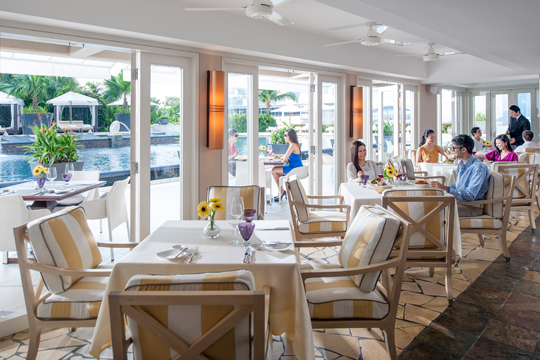 Q: First of all, thank you for allowing us a moment of your time. We are most delighted to have you, one of Singapore’s best Italian chefs, in our upcoming edition of Exquisite Taste. Do you mind sharing a bit of background on how you ended up joining Dolce Vita approximately a year ago?
Q: First of all, thank you for allowing us a moment of your time. We are most delighted to have you, one of Singapore’s best Italian chefs, in our upcoming edition of Exquisite Taste. Do you mind sharing a bit of background on how you ended up joining Dolce Vita approximately a year ago?
A: As I was intrigued by Singapore’s diverse culture and vibrant food scene, I decided to move here in 2011, when I first started working at an Italian restaurant, Procacci Singapore. It was not long before I took over il Cielo Restaurant and Bar as chef de cuisine, and when the opportunity came for me to join a five-star luxury hotel, such as Mandarin Oriental, Singapore, I simply could not refuse.
Q: Having been born, educated, and trained extensively in the culinary arts in Italy, what is your personal take on modern Italian cuisine that you’ve taken as your own style?
A: Italian cuisine was essentially domestic cooking, which is wholesome and simple, relying heavily on an abundance of flavours from fresh ingredients. Over the years, however, it has certainly evolved into an edible form of art with interesting modern presentations. More luxurious restaurants, including Dolce Vita, have also elevated the cuisine by using premium ingredients to cater to refined palates.
Q: Some say the kitchen is a battlefield. And I heard you’re also quite the patriot and that you served in the army for a year. How has this experience helped you in advancing your culinary career?
A: Being in the army taught me the importance of being resilient, a quality that has helped me greatly in the kitchen, especially when experimenting with new flavours, which may or may not be successful. Therefore, it is a strong asset to be able to continually learn and build on my culinary skills, and look forward to creating innovative dining experiences for guests.
Q: How would you explain the culinary offerings of Dolce Vita and how it relates to your Italian roots?
A: Dolce Vita reflects the true spirit of Italian classics by featuring traditional ingredients with a contemporary interpretation, be it adapting new plating styles or modern cooking techniques.
Q: Family-style and close involvement are what Italians are best known for. How do you integrate these values in the day-to-day operations of Dolce Vita?
A: These are values close to my heart so I try my best to motivate and encourage my colleagues to work together as a team, and involve them regularly in tastings, where they can share and discuss their feedback freely about new dishes. This healthy communication channel helps to make them feel like part of a big Dolce Vita family.
Q: What do you feel is the most challenging/rewarding aspect of your career right now?
A: Sometimes, it can prove to be a challenge to introduce certain flavours or ingredients that are readily available in Europe to guests who are not familiar with Italian cuisine, as they are not very receptive towards trying those dishes. On the other hand, it always brings me great joy and satisfaction after they have tried the dish, and ended up enjoying and loving it.
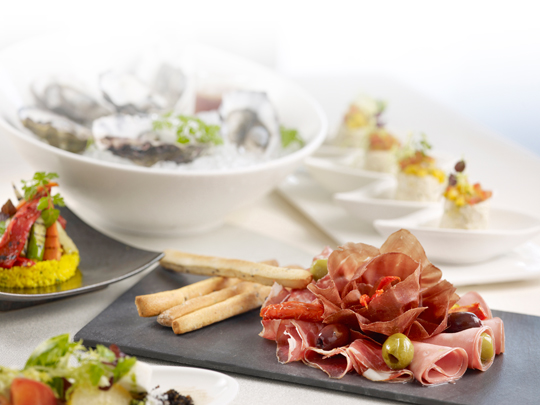 Q: You worked in several Michelin-starred restaurants back in Italy before moving to Singapore. Is there any difference between the guests in these two countries in terms of what they expect, their preference, etc.?
Q: You worked in several Michelin-starred restaurants back in Italy before moving to Singapore. Is there any difference between the guests in these two countries in terms of what they expect, their preference, etc.?
A: Since Dolce Vita is located at Mandarin Oriental, Singapore, it sees a good mix of guests from Europe, Asia and around the world. As a matter of fact, guests in both Singapore and Italy have high expectations of the cuisine, especially since Dolce Vita is a fine-dining Italian restaurant. Having said that, guests in Europe are definitely more used to Italian flavours and ingredients.
Q: What or who primarily inspired your many creative dishes and creations?
A: I do not have one particular muse but I look up to famous chefs who have their own restaurants. Typically, my creations are often based on the available ingredients of the season.
Q: I understand you are someone who believes in using natural and organic ingredients. With Singapore being a significant trading hub and a very modern city, is it always easy to obtain the ingredients you prefer or can it sometimes be challenging as well?
A: It is quite challenging at times to obtain certain seasonal ingredients in Asia, whereas they are readily available in Europe. As ordering such ingredients takes some time, we have to plan our menus in advance, and think ahead of the seasonal cycles of various food products. Furthermore, Dolce Vita is a strong supporter of sustainable cuisine, so we always have to responsibly source our seafood from reliable suppliers.
Q: How well have you personally been adapting to the local Asian culture here in Singapore?
A: I would like to think that I have adapted very well to the local Asian culture here, and I love everything about Singapore, especially the weather and its people.
Q: Would you say your cooking style is also inspired by the many Asian cuisines you’ve seen and tasted?
A: Some of my inspirations with plating dishes are definitely influenced by the Chinese and Japanese, who have very exquisite styles in terms of their cutlery and overall presentation. I have also tried using tropical organic fruits and vegetables such as pineapple and chilli in some of our dishes at Dolce Vita.
Q: What do you do to unwind?
A: I enjoy spending time lounging by the pool with a drink, or playing football with my friends in my free time.
BRANZINNO ALLE OLIVE
Ingredients:
1 kg sea bass
300 g pequillo capsicum
200 g olive tapenade
200 g eggplant
100 g spinach
50 g parma ham
Method:
1. Fillet the sea bass and spread olive tapenade on it.
Cut the fish into slices of roughly 4 cm.2. Take a single slice and compose it into a tournedo.
Wrap the slice of sea bass with a slice of Parma ham and tie it with kit string.3. Next, cook the eggplant in the oven at 175 degrees Celsius.
4. After which, remove the eggplant flesh, add garlic, olive oil, salt, pepper and mix everything together to create a puree.
Roast and blend the capsicum to make a thick sauce.5. Sautee the spinach leaves.
6. Sear the fish tournedos and serve with the eggplant puree, bell pepper sauce and some fresh sautéed spinach leaves.




